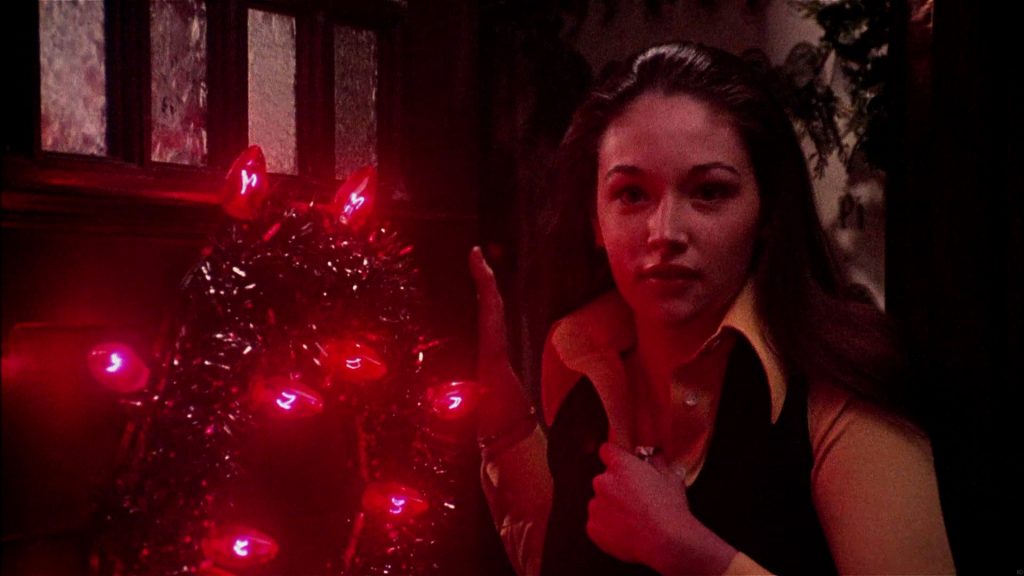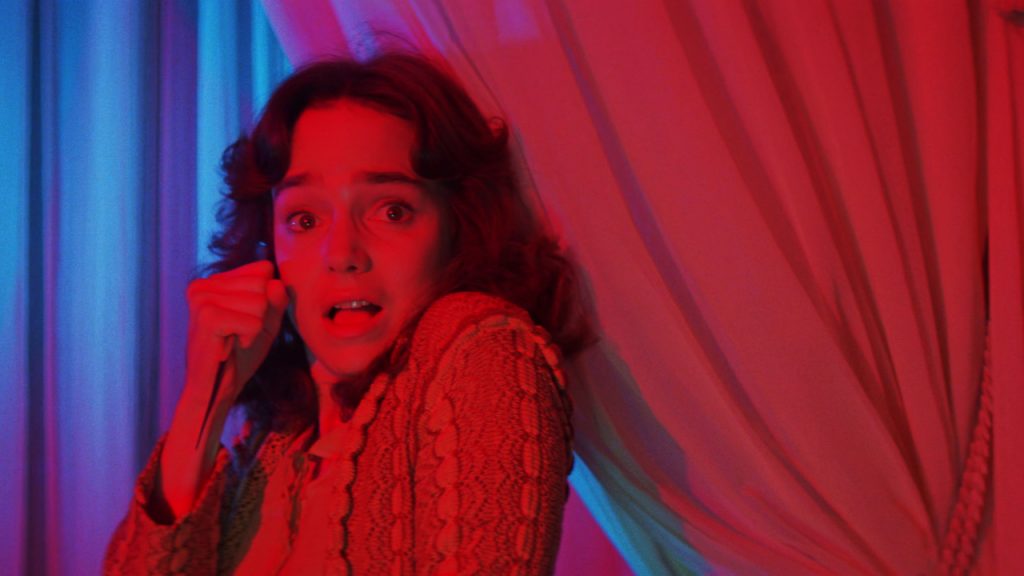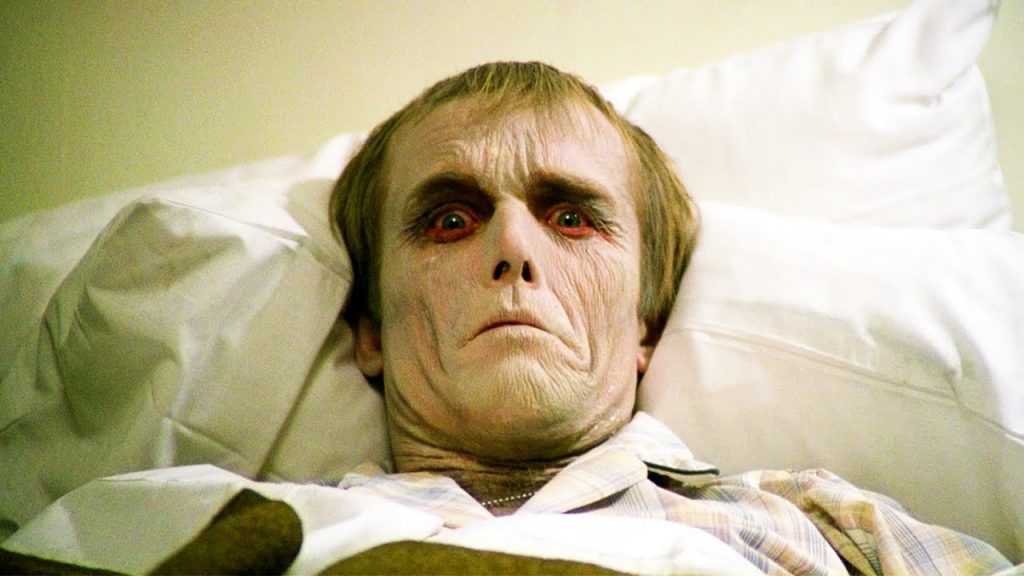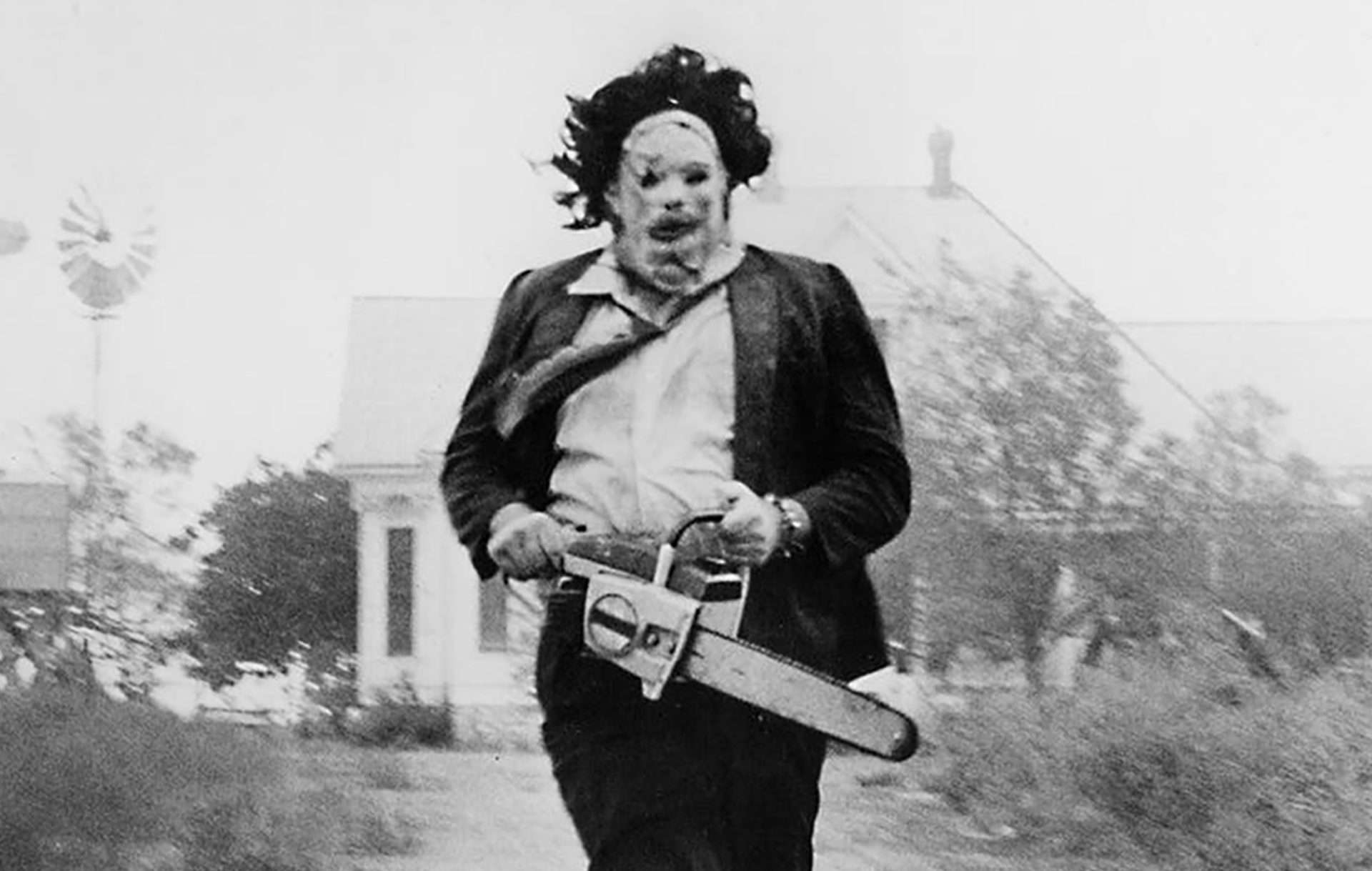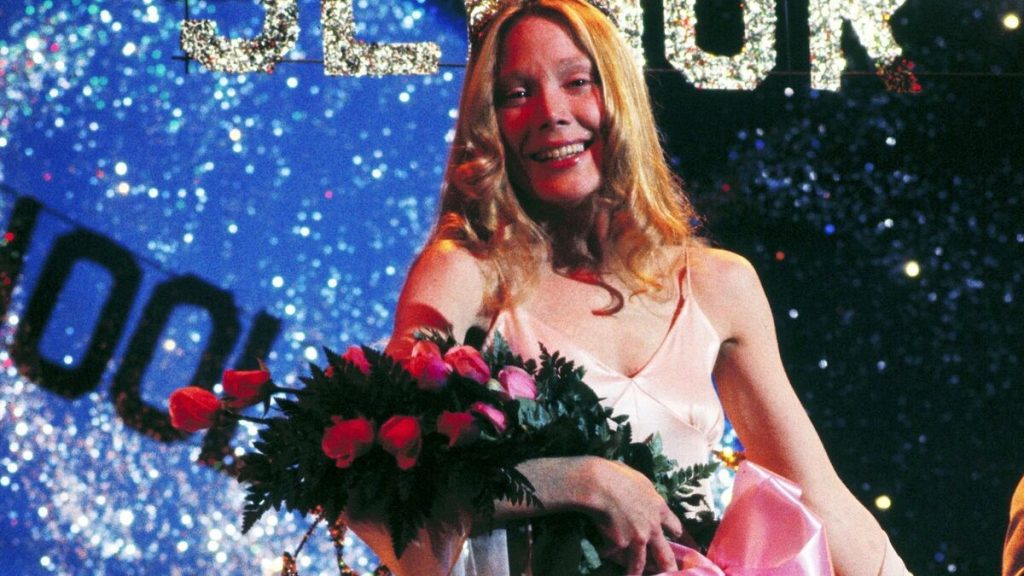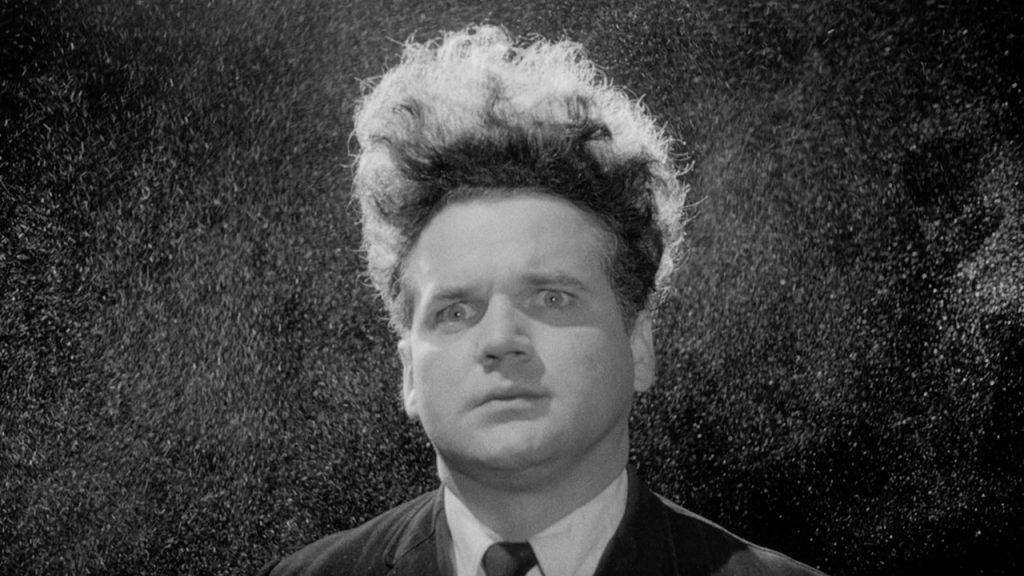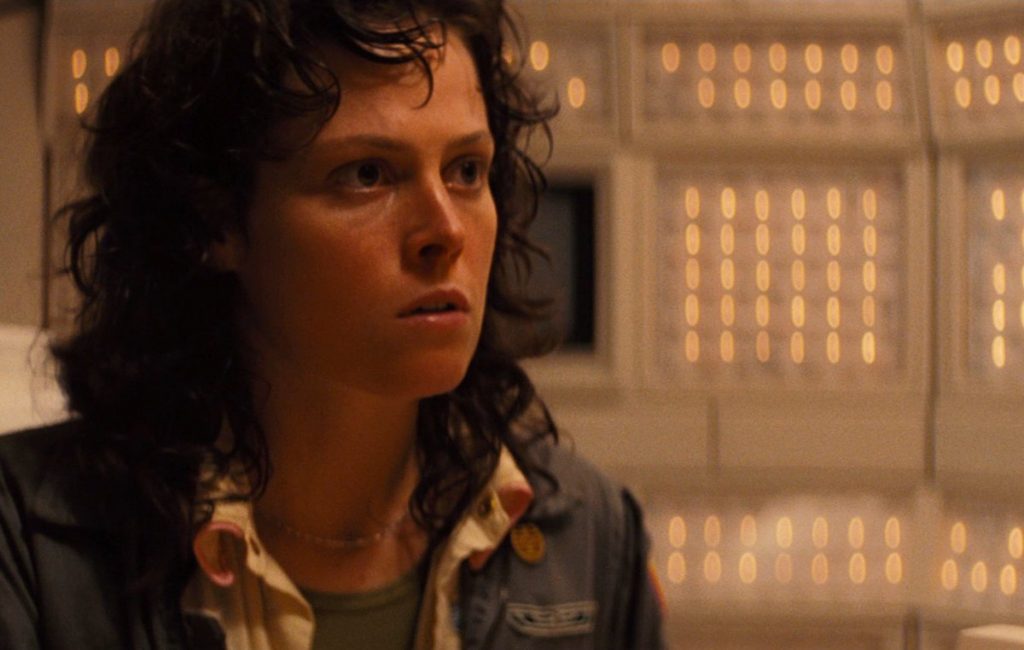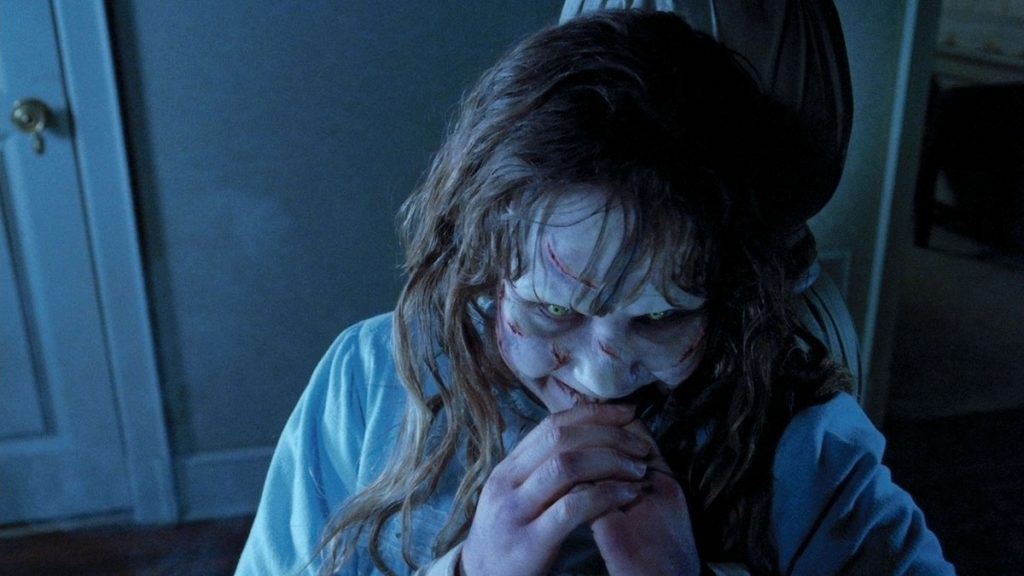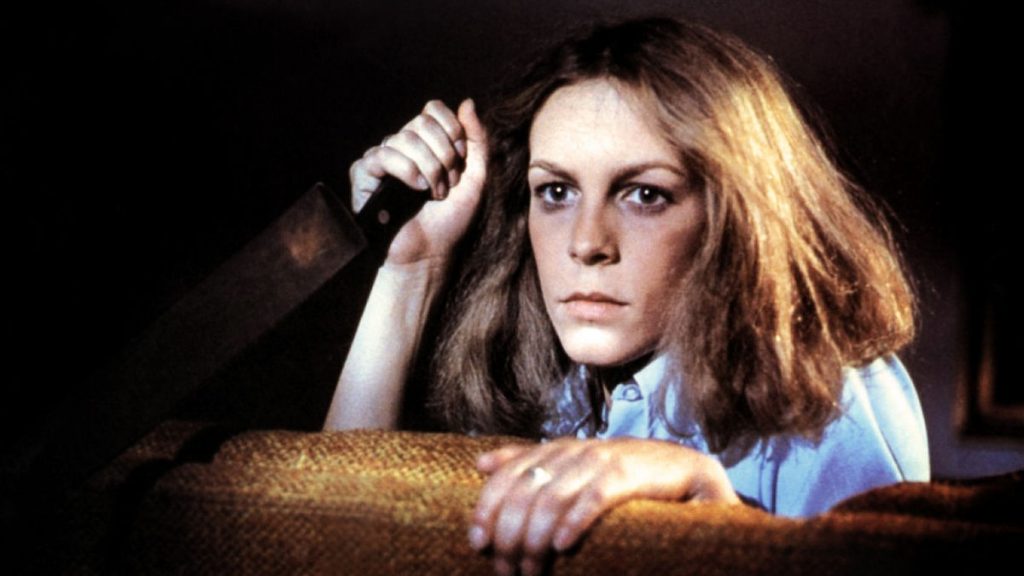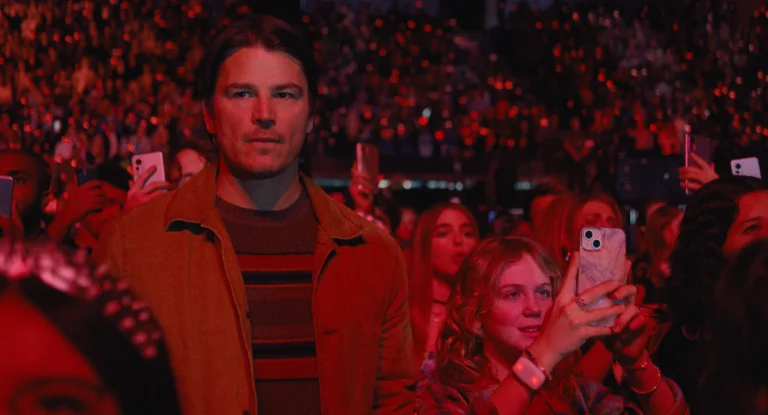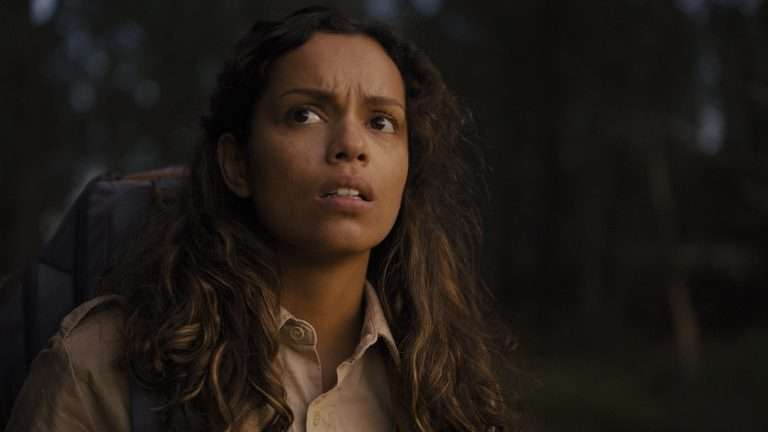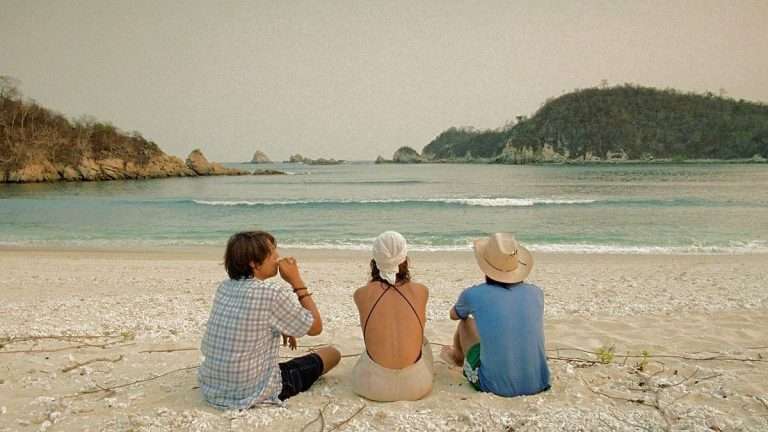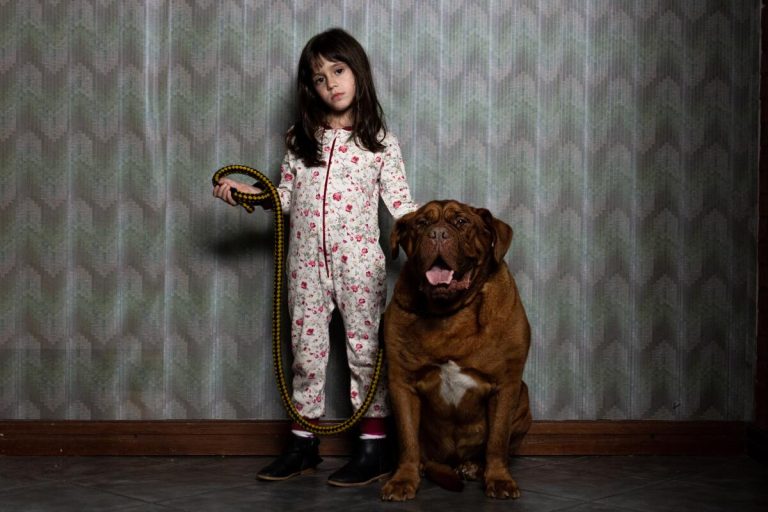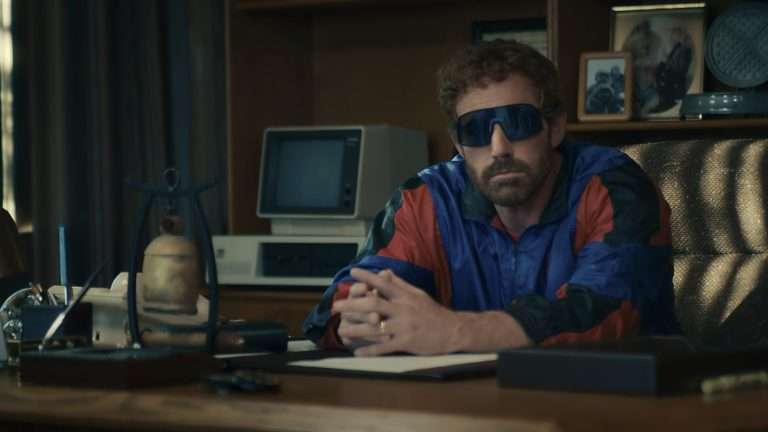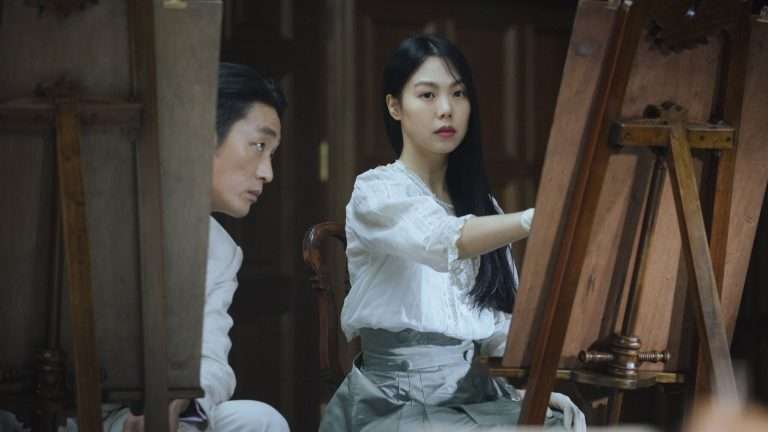Coasting off the political upheaval and counterculture movement of the ‘60s, a group of young maverick filmmakers took the horror landscape by storm, arguably making the 1970s the most significant decade in the genre’s history. Continuing to push the limits of storytelling and violence in horror cinema, the ‘70s effectively proved to further the development of the genre, taking its creativity and craftsmanship to new extremes, and leaving behind some all-time classics in the process. Refining the slasher sub-genre established by Alfred Hitchcock’s “Psycho”, spawning the concept of the final girl, and of course giving birth to the original summer blockbuster, the 1970s were an influential period in horror that can not be overstated.
From seemingly schlocky exploitation films – turned genuine masterworks – and misunderstood gems, to instantly iconic hallmarks of the medium, the decade remains a diverse, yet largely successful time in horror history. To the era that gave us John Carpenter, killer sharks, face-hugging aliens, chainsaw-wielding hillbillies, and so much more: THANK YOU. Here, we attempt to select the absolute greatest and rank them to the best of our abilities. These are the top ten horror films of the 1970s.
10. Black Christmas (1974)
Long before director Bob Clark would bless the holiday season with his decidedly less gruesome yuletide favorite “A Christmas Story”, he gave the horror genre one of its original slashers, with the ever-chilling “Black Christmas”. Adopting many of the sub-genre’s early tropes (POV shots, a mysterious killer, charming final girl, etc.), and using them to construct an undeniable paragon in atmospheric suspense, Clark puts forth a supremely underrated piece of festive terror. Retroactively deemed a godfather of the slasher model and for good reason, the film set in motion the formula moviegoers all know and love today, and while that isn’t exactly news to most horror aficionados, the daring innovator tends not to receive much mainstream attention.
Even so, the beloved cult classic has been praised for being ahead of its time, not just in its style and execution, but in its subject matter. Delving into themes of domestic abuse and the abortion dilemma, still clearly relevant today, the film has stood the test of time in more ways than one. Supported by an excellent performance from Olivia Hussey in the leading role, giving the audience a strong heroine to root for amidst the suffocating tension, “Black Christmas” is an authentic Canadian masterpiece, through and through.
Where to Watch:
9. Suspiria (1977)
Sometimes a film doesn’t need a compelling narrative to be successfully immersive. Following the loose setup of a ballet student’s unsettling stint at an ancient dance academy, Dario Argento’s “Suspiria” is a hellish fairytale you can’t look away from. It may not be big on structure, but what this supernatural Giallo mystery lacks in story, it more than makes up for with its creep factor. Showcasing Argento’s eye for disturbing visuals and bright, lurid colors, the film is a feast for the eyes, and its perpetual beauty never once subtracts from its scares.
In fact, the elegant camerawork, coupled with the haunting soundtrack and revolting gore is what informs the vast majority of the tension on the screen. That isn’t a negative, either. It takes a bold visionary to piece together something so frightening, yet so simple in approach. No real plot lines or character work to cling on to, just an all-out fright fest of vibrant lighting and unnerving images. It’s hard to put a finger on what exactly makes “Suspiria” a cut above the rest, but one thing is certain – it is a truly unique experience, never to be replicated. An undisputed staple of Italian horror, you likely won’t forget.
Where to Watch:
8. Dawn of the Dead (1978)
George A. Romero’s follow-up to his seminal zombie classic “Night of the Living Dead” is a bloody good time, and one of the greatest sequels ever made. A decade after founding the modern zombie flick, Romero returns to offer up yet another pivotal benchmark of the sub-genre. Mixing elements of action and comedy into the previously straight-laced undead thriller premise, “Dawn of the Dead” takes the bones of its predecessor and transcends them, emerging as an amusingly satirical attack on consumerism. After the dead have risen and begun to raise hell upon the earth, where do the survivors take refuge? In a shopping mall, of course.
Not only a not-so-subtle dig (hordes of mindless zombies meandering around a vacant mall isn’t meant to be overly highbrow) but also the perfect canvas for the film’s bombastic antics. Romero heavily ups the gore from his 1968 original, with help from special effects wizard Tom Savini, operating on a larger scope and a bigger budget, ushering in a new wave of zom-coms and action-packed horror alike. The catalyst for such modern hits as “Shaun of the Dead”, “Zombieland” and many more, George A. Romero’s magnum opus remains an electrifying ride from start to finish.
Where to Watch:
7. The Texas Chain Saw Massacre (1974)
A low-budget exercise in gripping, unrelenting suspense, Tobe Hooper’s independent sleeper hit “The Texas Chain Saw Massacre” is a masterfully taut, unadulterated thriller for the ages. Posing as a true story, the film centers upon a group of friends venturing out to rural Texas on a road trip, where they encounter a family of sadistic cannibals. And, while the whole “based on true events” gimmick is really no more than a marketing scheme, Hooper’s direction fully buys into the idea, with the documentary-style cinematography and natural performances crafting an uncomfortably visceral tone that seeps into every passing frame.
While many horror classics of the past lose their teeth over time, looking tame in comparison to modern standards or becoming so ingrained in popular culture that they cease to shock and surprise, Texas Chainsaw, like any scary movie worth its salt, continues to send chills down viewers spines, to this day. Gunnar Hansen is outright terrifying in the role of Leatherface, as the first (and arguably greatest) to dawn the mantle; gifting the silver screen one of its most unforgettable villains, commanding scenes with an imposing presence and an instantly indelible appearance. A tense, anxiety-inducing romp of countryside dread and torment, “The Texas Chain Saw Massacre” is immersive, captivating horror, stripped down to its basics and executed to brilliant effect.
Where to Watch:
6. Carrie (1976)
The very first Stephen King adaptation, and one of few that manages to improve upon its source material, Brian De Palma’s “Carrie” is a beautifully unique film that continues to resonate, even decades later; holding a special place in 1970s horror. Starring Sissy Spacek in the titular role of Carrie, a high school outcast who grows tired of being ridiculed by her classmates and crazy God-fearing mother, before finally snapping, the eye-opening picture is a brutal cautionary tale, with points to make about bullying and societal rejection. The message is made in glorious Stephen King fashion, of course, with the infusion of telekinetic abilities setting the stage for an infamously gruesome prom night.
It’s hard to think of too many other movies marketed almost solely on their explosive final act, but the inevitable conclusion, along with everything leading up to its horrific culmination, leaves a lasting impression, earning the film its legacy and then some. De Palma’s conducting of the tale is nothing short of magical, employing a sleepy, almost angelic mood throughout, while the ensuing carnage boils beneath the surface in a slow burn. The acting isn’t half bad, either, with Sissy Spacek, as well as Piper Laurie, nabbing Oscar nominations for their impassioned performances.
Where to Watch:
5. Eraserhead (1977)
The year 1977 proved to be quite significant for experimental horror films (the unabashedly bonkers Japanese comedy “House” deserves some love here), but it is David Lynch’s “Eraserhead” that ultimately cracks our list. Written, directed, and produced by Lynch, the auteur’s debut feature is an eerie rabbit hole into the taxing existence of protagonist Henry Spencer (Jack Nance). Struggling to persevere through life in an industrial hellscape, Henry can certainly be viewed as a stand-in for Lynch and his own subconscious fears at the time of shooting. Thus, the horror of the film stems from a very real place, dealing with human issues, such as romantic quarrels, social anxieties, and trepidations towards parenthood – yet, it’s all told in such a surreal, sinister manner, that it becomes an externalized nightmare of sorts.
Related Content: The Anatomy of David Lynch
Taking these intangible phobias and shaping them into twisted macabre imagery, Lynch indirectly offers a personal exercise of one’s demons, and that is precisely what effective horror does. There is famously no definitive meaning behind “Eraserhead” but it almost plays better that way. Getting lost in this bizarre world is a treat and an absurdly singular experience like no other. Petrifying sound design, stark black-and-white cinematography, and some truly strange characters; all blend to make up one of the most wonderfully abstract pieces in all of horror.
Where to Watch:
4. Alien (1979)
In space, no one can hear you scream. A fittingly chilling, yet simple, tagline for one of the most chilling, yet simple, films of all time. Frequently referred to as a haunted house movie set on a spaceship, Ridley Scott’s “Alien” is a claustrophobic, genre-bending thriller that doesn’t let go until its closing moments. When a space voyage in the distant future takes a ghastly turn for the worst upon the arrival of a parasitic alien aboard the ship, it is up to a hopelessly outmatched crew to fend off the intergalactic threat at hand. A perfectly fine premise, taken and molded into something everlasting by Scott’s direction and one hell of a stacked cast.
Related to Best Horror Films of the 1970s: 10 Best Ridley Scott Movies
John Hurt, Yaphet Kotto, and Harry Dean Stanton (to name a few) all excel, but undoubtedly, it is Sigourney Weaver who takes the cake, helming the ensemble and leaving behind a badass cinematic icon in the character of Ellen Ripley. Furthermore, the film makes tremendous use of its stellar creature design with the Xenomorph, obscuring it in shadows and revealing it sparingly, like all great ‘70s movie monsters. A landmark achievement in sci-fi horror impossible to ignore, “Alien” set the bar high for serious fare in a sub-genre known, at the time, for its saturated market of 1950s B-movies.
Where to Watch:
3. Jaws (1975)
Not only a game-changing pillar of the horror genre but a cinematic cornerstone in the truest sense, Steven Spielberg’s “Jaws” will forever reign supreme, as the king of the summer blockbuster. As much a riveting adventure flick as it is a horror film, Spielberg’s early claim to fame (and possibly still his greatest feat), is pure silver-screen perfection, almost beyond description. Fleshing out what could have easily been a phoned-in underwater creature feature, with John Williams’ indelible theme, spectacular cinematography, an equally idiosyncratic and ominous island atmosphere, and of course, a cast of effortlessly likable characters at its core, “Jaws” becomes the blueprint summer thriller.
Related Content: 10 Best Films of Steven Spielberg
All of these elements, and so much more, come together to form a rare paragon in filmmaking. Spielberg takes the generic concept of a killer shark movie and delivers a full-course meal, complete with such layers as Chief Brody’s fear of water, small-town paranoia/politics, and the theme of man vs. nature, that enrich the entire experience, without ever detracting from the obvious terror of the situation. Added beats of drama and comedy take a fundamental horror story and elevate it past expectations. Toss in a greedy mayor that’s even more of a threat to Amity Island’s safety than any colossal man-eating fish, and you’ve got a timeless classic that continues to inspire.
Where to Watch:
2. The Exorcist (1973)
Nearly half a century old and indisputably one of the scariest movies ever made, “The Exorcist” is a slow-burning possession film that can’t seem to be recaptured. Adapted from the William Peter Blatty novel of the same name, William Friedkin’s controversial masterpiece made history, becoming the first-ever horror feature to be nominated for Best Picture at the Academy Awards; breaking new ground and earning the genre some well-earned, long-awaited respect. Nabbing a total of ten Oscar nominations, including wins for Best Adapted Screenplay (written by Blatty himself), as well as Best Sound Mixing, the film, contentious as it may have been, endures as one of the most critically-acclaimed pictures, the horror industry has to offer.
Bolstered by the performances of Jason Miller as Father Karras, a deflated priest at a crossroads with faith, and Linda Blair as the foul-mouthed, pea soup-spewing, demon-possessed little girl he has been summoned to help, the film carries with it a heavy, grounded sense of realism that is hard to shake. Rarely does Friedkin offer the audience time to breathe, and by the third act, you might as well abandon all hope. A tried-and-true, edge-of-your-seat supernatural thriller bound to terrify, “The Exorcist” is one of few horror classics where the hype surrounding its spookiness is apt.
Where to Watch:
1. Halloween (1978)
Looking back on this list, it becomes clear just how important the ‘70s were for the genre of horror. Eager, passionate directors, taking straightforward plots and honing them into untapped gems through the lens. And nowhere is that better displayed than with 1978’s “Halloween”. Brought on to write and direct a cheap, exploitation-style thriller entitled “The Babysitter Murders”, John Carpenter had other plans, working in a slightly more nuanced story, and delivering what is now commonly regarded as the definitive slasher film. Penning a tale of an escaped psychopath returning home to wreak havoc on Halloween night, Carpenter brought to the screen the same kind of invasive, relatable cinematic experience that made Hitchcock’s “Psycho” so horrifying. Unbridled evil meets unexpecting suburbia.
Related to Best Horror Films of the 1970s: 10 Best John Carpenter Movies
A haunting setup made, infinitely, more effective in execution. Making do with a very low budget, a cast made up of relative unknowns, and a DIY William Shatner mask, an immortal classic was born – emerging as a legend in the world of independent filmmaking. Everything falls perfectly into place to create a ripe October atmosphere, and an impenetrable feeling of unease. Dean Cundey’s marvelous camerawork, the inescapable score, the Scream Queen herself, Jamie Lee Curtis’ empowering debut performance, and yes, the Shape, the Boogeyman, the source of so many nightmares; horror icon Michael Myers. What more can be said? A milestone of the genre that only gets more impressive with time, John Carpenter’s “Halloween” tops the decade’s finest.

